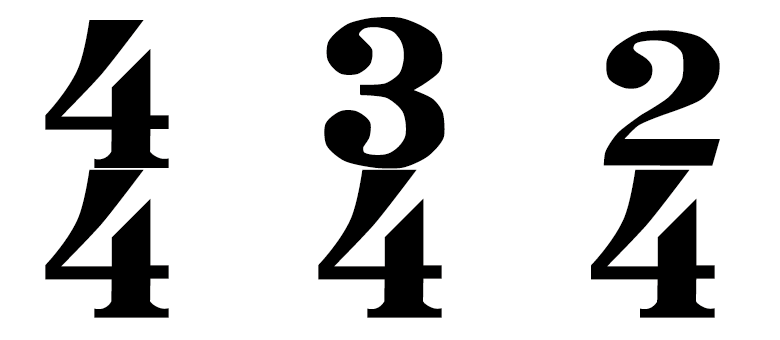
We’ve all seen those numbers written at the start of our music, but what exactly do they mean? These two numbers are called the time signature! But exactly what is a time signature?
What is a Time Signature and why Use One?
As you know, our music is built with different note lengths and rhythms. However, it is important that we divide these up so the music is easier to read and also to write!
We divide our music up into bars with bar lines. To know how many beats we need inside each of our bars, we have to indicate this at the start of the music by using a time signature!
So, we include the time signature to ensure that we know how many beats/notes to include in each of our bars.
A closer look at bar lines
Let’s just take a look at the below line of crotchets – how many are there?

That’s correct – there are 12! The number 12 is easily divisible by 2, 3 and 4 so we can change where the bar lines go to represent this easily. Let’s also write the number of beats we have in each of these bars at the start of each melody as well, to make it clear!



By using our short form time signature at the beginning, we can now see that this indicates where to put the bar lines to form the bars.
What does the bottom number mean?
The bottom number is where we can easily get confused…
Let’s look at one of the most common time signatures out there…
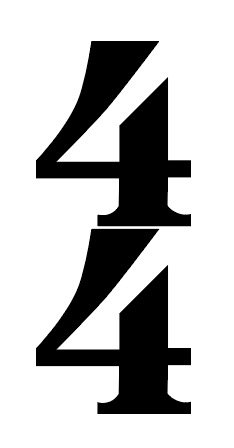
We’ve all seen this at the start of our music. It was probably the first time signature that you ever saw. But have you ever stopped to really understand what it means?
Often, I will ask my students and they will say ‘oh it means 4 beats in a bar’ but this marking is actually a little bit more detailed than that!
Let’s write it in a different way to see if we can understand it more clearly…
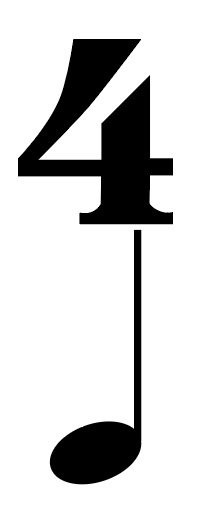
What do you notice now?
We have replaced the bottom number with a note… but which note is it?
That’s correct, it’s a crotchet (quarter note)! Why do you think we have done this?
Replacing the bottom number with the note length makes this signature a little easier to understand. Now we can clearly see that the time signature means 4 crotchet beats in a bar! Well that’s a little easier to understand?!
What if I change the top number…
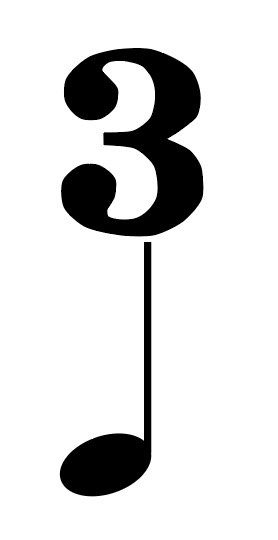
What does this mean? Correct! 3 crotchet beats in a bar!
The four at the bottom of a time signature simply refers to the note length… and four in particular means crotchets!
Ear Training and Meters
To develop as a musician you’ll want to be able to recognise time signatures by ear. This is where ear training comes in, as the more you practice, the better your’ll get.
My recommendation for this is Tonegym as they have a comprehensive and fun program for training your ears. It’s what has gotten the best results with for my own students.
They have a great game called ‘Rhythmania’, were you have to read rhythms in different meters and tap them back using the spacebar. I like how Tonegym structure the game so it always gives you the right level of challenge.
For an in-depth look at ear training, here’s my full review of Tonegym.
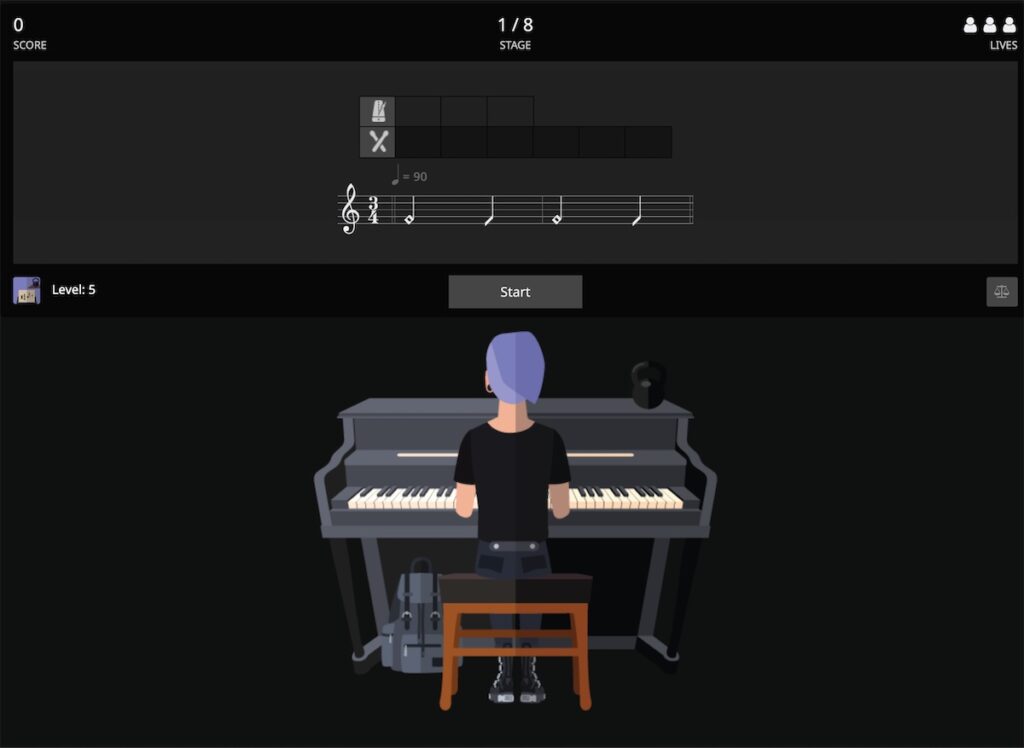
Why do we use a number rather than a picture of the note?
Good question!
Sometimes you will see the picture of a C in your time signature instead of the two numbers… This refers to what we call ‘common time’ and you guessed it… the most common time is 4/4!
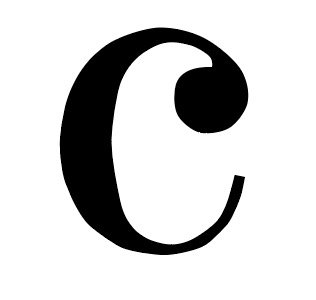
This is not an accident at all, for our time signatures, we always work in relation to a semibreve (whole note). So 4/4 is the easiest place to start to understand your time signatures.
A semibreve (whole note) is worth 4 crotchet beats. We therefore work our bottom number out in relation to this… so how many crotchet beats (quarter notes) are there in a semibreve (whole note)?
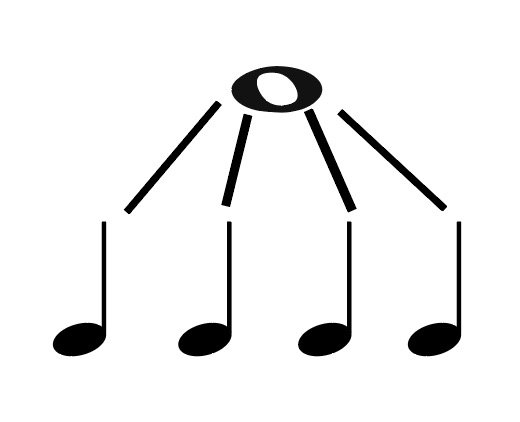
There are 4 crotchet (quarter note) beats in a semibreve (whole note)… hence the 4 at the bottom!
do we always have to count in crotchets?
No, we do not always have to count in crotchets, there are actually other numbers that are used at the bottom of our time signatures…
Minims (half notes) – we will see a 2 at the bottom. This is because there are two minims in every semibreve
Quavers (eighth notes) – we will see an 8 at the bottom. This is because there are eight quavers in every semibreve
Semiquavers (sixteenth notes) – we will see a 16 at the bottom. This is because there are sixteen semiquavers in every semibreve.
Examples of time Signatures
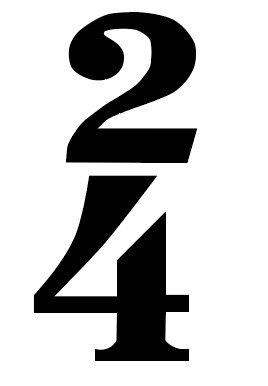
This will mean 2 crotchet (quarter note) beats in a bar
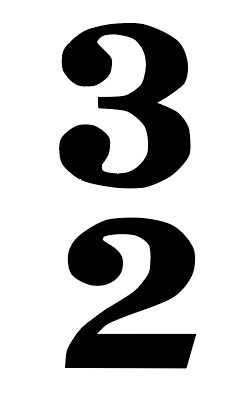
This will mean 3 minim (half note) beats in a bar
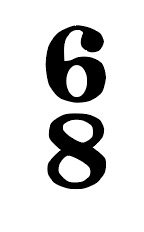
This will mean 6 quavers (eighth note) beats in a bar
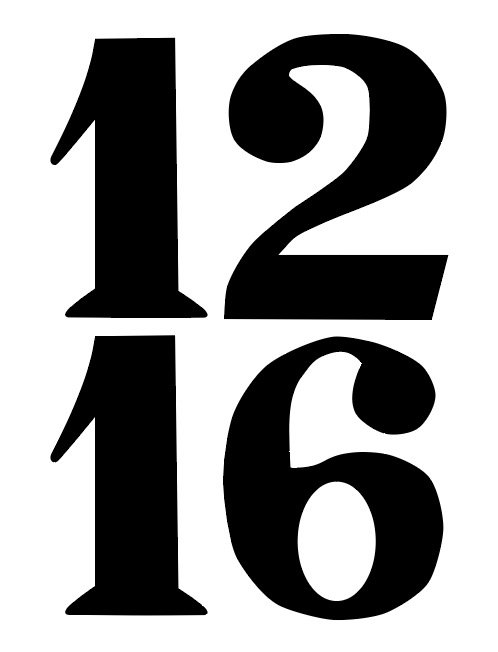
This will mean 12 semiquavers (sixteenth note) beats in a bar
Get the idea?
It is very unlikely you will come across a time signature with a 1 at the bottom. Very rarely do we count music in whole notes (semibreves).
Look forward to seeing you next time for more information on Time Signatures! If you can’t wait that long, make sure to check out my other blog posts here!
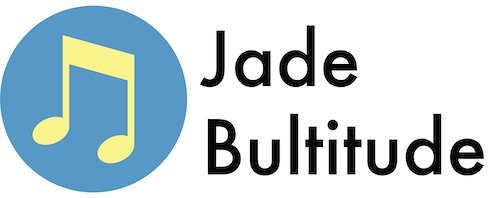
2 thoughts on “What is a Time Signature? A Music Theory Guide”
Comments are closed.